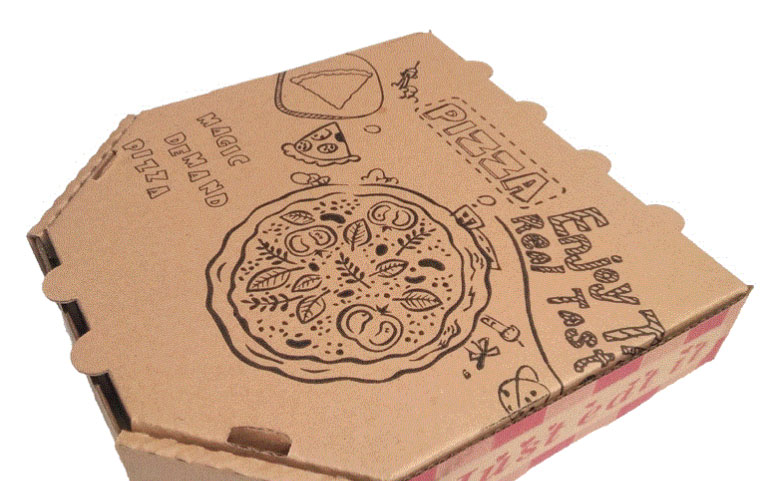一次性打包盒的类型一般有哪几种?
来源:www.sdynbz.com 发布时间:2021-09-14 浏览次数:122
目前市场上的一次性打包盒大多是由石油中提炼的聚苯乙烯原料加上发泡剂,加热发泡而成。聚苯乙烯是一种使用极为广泛的高分子材料,具有毒性较低、熔点较高、可塑性强、生产简便等特点,因而成了制一次性快饭盒的选择材料。一次性打包盒主要有纸类、淀粉类、塑料类及稀有金属类。现在市面上的发泡类和碳酸钙类的饭盒已经逐渐被消费者及国家政策所不允许使用和用量降低。现在的饭盒类为环保饭盒,尤其是玉米淀粉饭盒,其不但环保而且能解决农民的粮食增收和细加工的规模化生产。
At present, most of the disposable packing boxes on the market are made of polystyrene raw materials extracted from oil and foaming agent. Polystyrene is a widely used polymer material. It has the characteristics of low toxicity, high melting point, strong plasticity and simple production. Therefore, it has become the choice material for making disposable fast lunch boxes. Disposable packing boxes mainly include paper, starch, plastic and rare metals. Now the foamed and calcium carbonate lunch boxes on the market have been gradually prohibited and reduced by consumers and national policies. The current lunch boxes are environmentally friendly lunch boxes, especially corn starch lunch boxes, which are not only environmentally friendly, but also can solve the large-scale production of increasing farmers' grain income and fine processing.

一次性饭盒的类型有以下几种:淀粉型的一次性饭盒以淀粉为原料的可食用型快饭盒,顾名思义,它是以淀粉类植物为原料,加入膳食纤维和其他可食用类助剂经搅拌捏合而成,它采用生物复配、聚糖交联、钙离子螯合等技术精制而成,有致密层、内防水层、胶网层和外防水层四部分构成。
There are several types of disposable lunch boxes: starch type disposable lunch box edible fast lunch box with starch as raw material. As the name suggests, it is made of starch plants as raw materials, dietary fiber and other edible additives by stirring and kneading. It is refined by biological compounding, glycan crosslinking, calcium ion chelation and other technologies, with dense layer, internal waterproof layer The utility model is composed of a rubber mesh layer and an outer waterproof layer.
纸板型的一次性饭盒纸板快饭盒是以300-350克的漂白硫酸盐木浆纸板为原料,通过类似钣加工的冲压成型工艺进行模切黏合或模切压制、定型等工序制成。为防止其渗油或渗水,要在其表面淋膜或施用化学助剂。在生产与使用过程中对人体是无毒、无副作用的。但对于纸板的质量要求较高,随之成本也提高。
Paperboard type disposable lunch box paperboard fast lunch box is made of 300-350 grams of bleached kraft wood pulp paperboard through die-cutting bonding, die-cutting pressing, shaping and other processes through a stamping process similar to sheet metal processing. In order to prevent oil or water seepage, film or apply chemical additives on its surface. It is non-toxic and has no side effects on human body in the process of production and use. However, the quality requirements for paperboard are high, and the cost is also increased.
上一篇:一次性外卖打包袋的性能要求高不高呢?
下一篇: 食品包装盒的存在对于生活起到什么作用?
相关新闻
- 礼品盒防潮防霉预防与解决2021-05-29
- 常见的包装盒的展示2021-05-29
- 包装设计“形式”的展现文化2021-05-29
- 高端包装礼盒近年来的发展趋势2021-05-29
- 印刷样品的检查与处理2021-05-29
- 外卖打包袋厂家教你如何选择适合自己的外卖包装? 2021-06-22
- 阴雨天如何运输一次性小吃盒?2021-06-25
- 塑料餐具表面处理的方法!2021-07-02









 400-801-0899
400-801-0899




 当前位置:
当前位置:





















 鲁公网安备 37010502001692号
鲁公网安备 37010502001692号